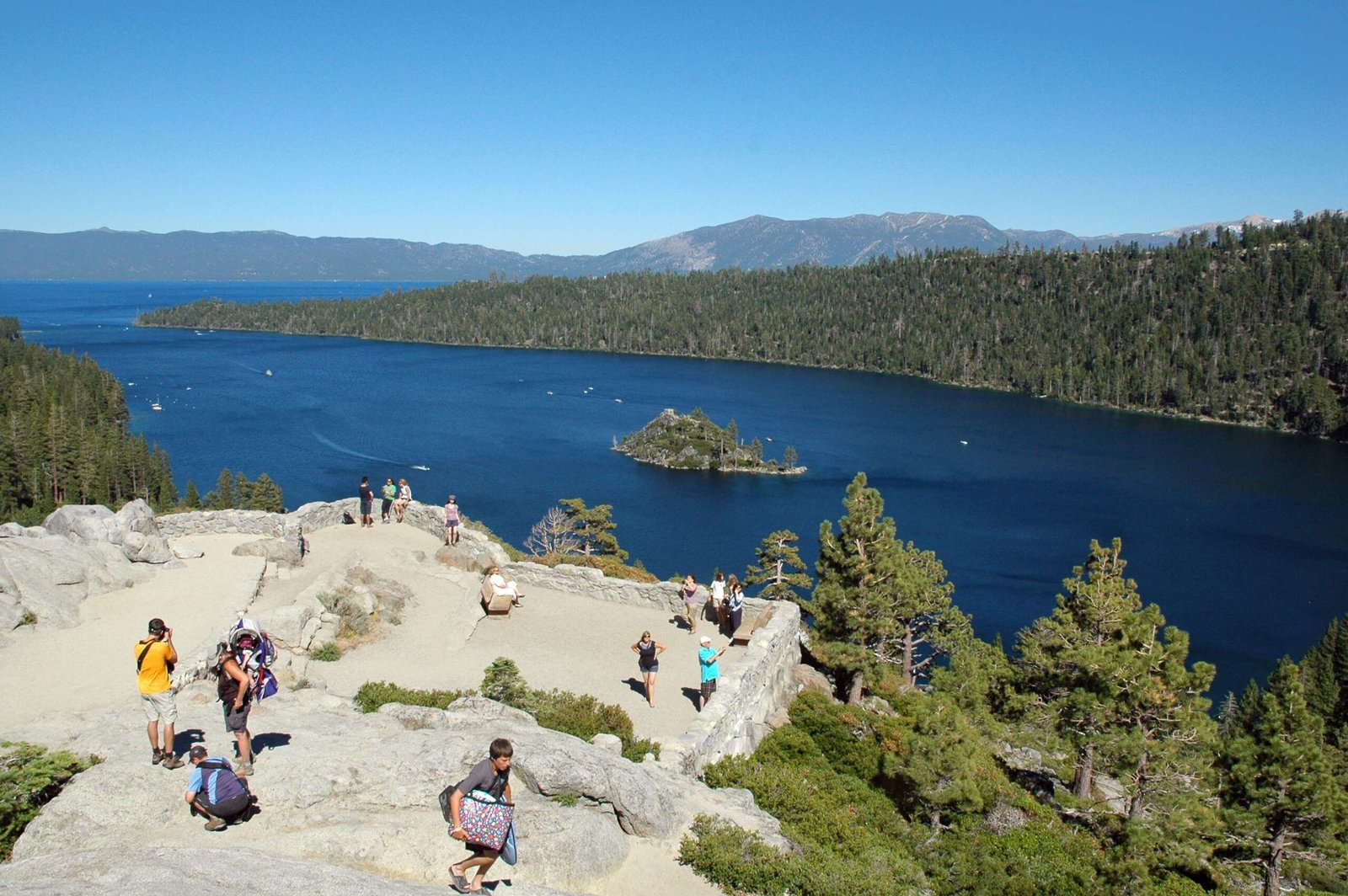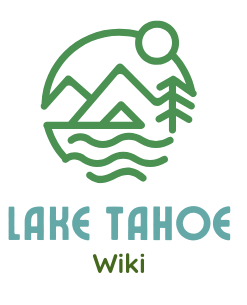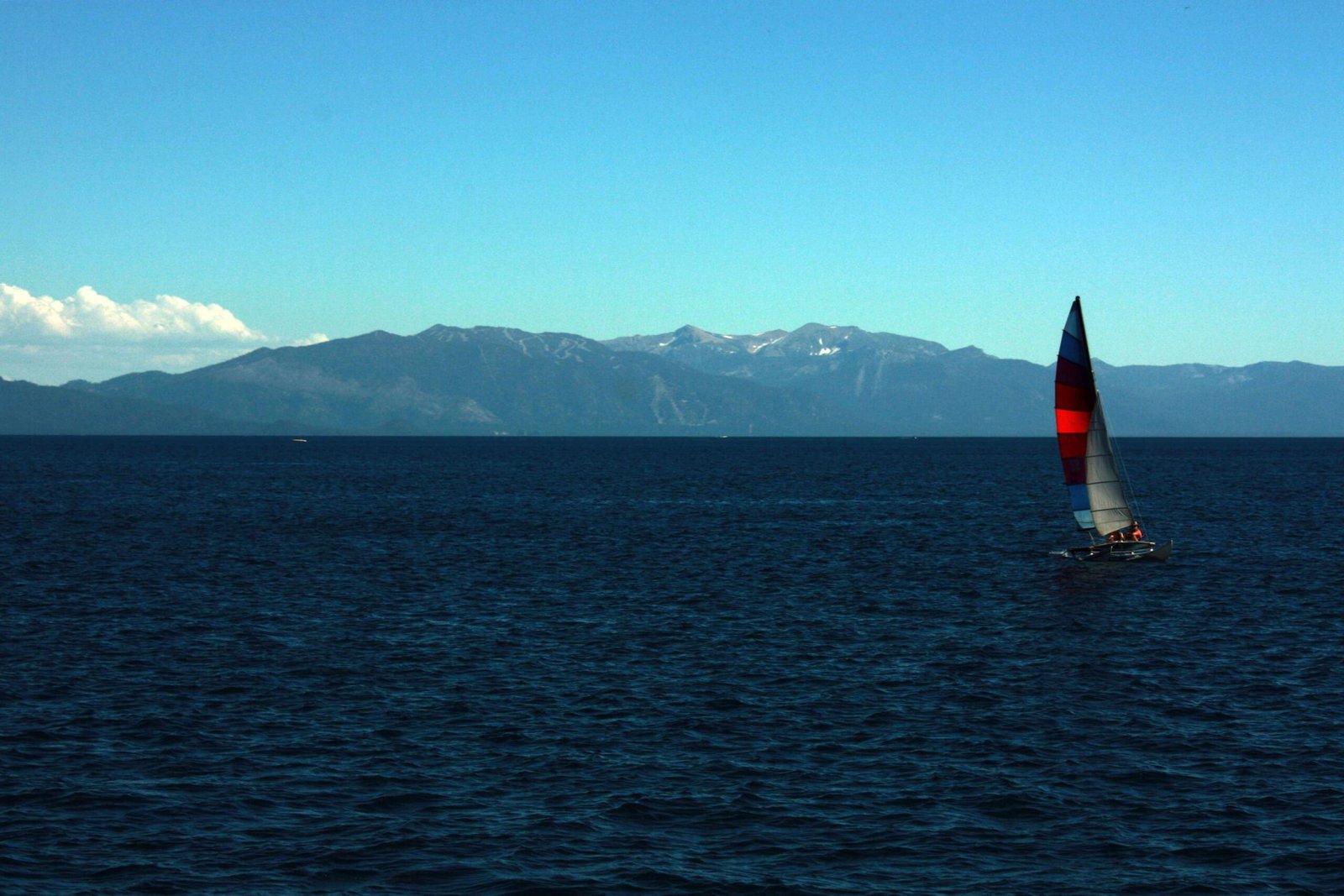The Lahontan Cutthroat Trout represents a remarkable native species in Lake Tahoe’s ecosystem, embodying a complex narrative of survival, adaptation, and conservation. These unique fish, scientifically known as Oncorhynchus clarkii henshawi, have navigated challenging environmental changes while maintaining their genetic resilience in one of North America’s most pristine alpine environments.
What Makes Lahontan Cutthroat Trout Unique?

Lahontan Cutthroat Trout are not just another fish species; they are living historical artifacts with extraordinary characteristics:
- Endemic Species: Native exclusively to the Great Basin region
- Genetic Diversity: Capable of adapting to various water conditions
- Cultural Significance: Important to Native American tribes and local ecosystems
What Is Their Historical Background?
The Lahontan Cutthroat Trout’s history in Lake Tahoe is a testament to ecological resilience. Originally widespread across western Nevada and eastern California, these trout faced significant challenges:
- Habitat Fragmentation: Reduced by human development
- Water Diversion: Impacted by agricultural and urban expansion
- Genetic Bottlenecks: Survived through limited population pockets
| Population Characteristic | Details |
|---|---|
| Historical Range | Great Basin Watersheds |
| Current Primary Habitat | Lake Tahoe, Pyramid Lake |
| Conservation Status | Threatened |
How Do They Survive in Lake Tahoe?
Lahontan Cutthroat Trout have developed remarkable survival strategies:
- Temperature Tolerance: Adapt to cold alpine waters
- Feeding Flexibility: Opportunistic predators consuming insects, smaller fish
- Reproductive Strategies: Spawn in tributary streams during spring months
What Are Fishing Regulations?
Anglers must adhere to specific guidelines:
- Licensing: California or Nevada fishing license required
- Daily Catch Limit: 5 trout, maximum 2 mackinaw
- Seasonal Considerations: Year-round fishing with potential restrictions
- Conservation Focus: Catch-and-release recommended
Where Can Anglers Find Them?
Prime locations include:
- Upper Truckee River
- Heenan Lake
- Lake Tahoe’s deeper shoreline regions
- Tributary streams with cooler water temperatures
What Challenges Do They Face?
Conservation challenges include:
- Climate change impacts
- Habitat degradation
- Competition from non-native fish species
- Limited genetic diversity
How Can Anglers Contribute to Conservation?
Responsible fishing practices:
- Use barbless hooks
- Practice catch-and-release
- Report unusual observations
- Support local conservation programs
Technical Fishing Recommendations

Recommended Equipment:
– Light to medium-weight spinning rods
– 4-6 lb test line
– Artificial lures mimicking local prey
– Polarized sunglasses for water visibility
Best Fishing Times:
– Early morning (5-8 AM)
– Late evening (6-9 PM)
– Cooler water temperatures
What Future Awaits These Trout?
Ongoing conservation efforts and scientific research provide hope for Lahontan Cutthroat Trout’s continued survival in Lake Tahoe’s ecosystem.
References:
– California Department of Fish and Wildlife
– USDA Forest Service – Lake Tahoe Basin
– Nevada Department of Wildlife

